Paris, often referred to as the “City of Light,” is renowned for its rich history, stunning architecture, and iconic landmarks.
Vectormap.Net provide you with the most accurate and up-to-date vector maps in Adobe Illustrator, PDF and other formats, designed for editing and printing. Please read the vector map descriptions carefully.
Here’s a detailed description of some of the historic places, buildings, streets, and squares that contribute to the city’s unique charm:
Historic Places:
- The Louvre Museum (Musée du Louvre):
- Located on the right bank of the Seine River, the Louvre is the world’s largest art museum and a historic monument in Paris. Originally a royal palace, it now houses a vast collection of art and artifacts, including the famous Mona Lisa.
- Notre-Dame Cathedral:
- Situated on the Île de la Cité, Notre-Dame Cathedral is a masterpiece of French Gothic architecture. The cathedral, with its impressive flying buttresses and intricate sculptures, has a rich history dating back to the 12th century.
- Sainte-Chapelle:
- Nestled within the medieval Palais de la Cité, Sainte-Chapelle is renowned for its stunning stained glass windows. Built in the 13th century, it was originally constructed to house Christian relics, including the Crown of Thorns.
- Montmartre:
- A historic neighborhood known for its artistic and bohemian atmosphere. The Basilica of the Sacré-Cœur, perched on top of the hill, offers panoramic views of the city. Montmartre has been a hub for artists like Pablo Picasso and Henri Matisse.
- Panthéon:
- Originally a church dedicated to St. Genevieve, the Panthéon now serves as a mausoleum containing the remains of distinguished French citizens. The neoclassical structure is located in the Latin Quarter.
Iconic Buildings:
- Eiffel Tower (Tour Eiffel):
- A symbol of Paris and one of the most recognized structures globally, the Eiffel Tower stands on the Champ de Mars. Completed in 1889, it was initially met with mixed reactions but has become an enduring emblem of the city.
- Arc de Triomphe:
- Standing at the western end of the Champs-Élysées, the Arc de Triomphe honors those who fought and died for France in the French Revolutionary and Napoleonic Wars. The monument offers spectacular views of the city.
- Grand Palais and Petit Palais:
- These two palaces, built for the 1900 Exposition Universelle (World’s Fair), showcase magnificent Beaux-Arts architecture. The Grand Palais hosts exhibitions, while the Petit Palais is now a fine arts museum.
Streets and Squares:
- Champs-Élysées:
- One of the most famous avenues in the world, the Champs-Élysées stretches from the Arc de Triomphe to the Place de la Concorde. Lined with shops, theaters, and cafés, it is a hub of activity and hosts events like the Bastille Day military parade.
- Place de la Concorde:
- Situated at the eastern end of the Champs-Élysées, this square is known for its impressive Egyptian obelisk and historic significance. It was the site of numerous public executions during the French Revolution.
- Place des Vosges:
- Located in the Marais district, this square is the oldest planned square in Paris. Surrounded by red-brick buildings with steep slate roofs, it exudes a charming and peaceful atmosphere.
- Place de la Bastille:
- Historically significant for the storming of the Bastille prison during the French Revolution, this square now features the July Column and is a central point for political demonstrations.
Paris is a city that seamlessly combines its historic past with a vibrant and modern present. Exploring its streets and landmarks provides a captivating journey through art, architecture, and cultural evolution.

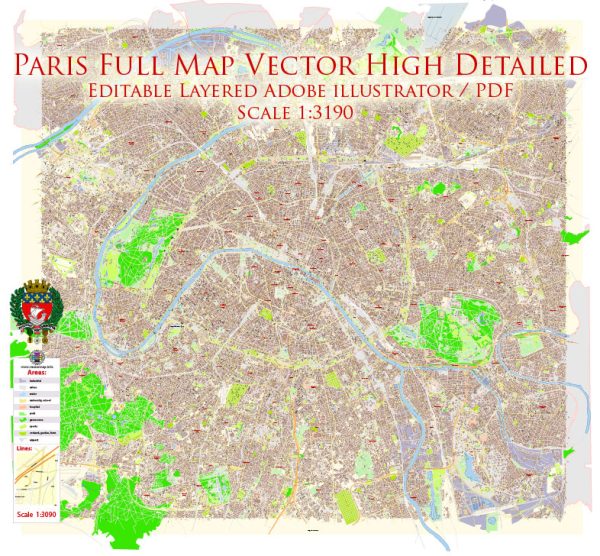
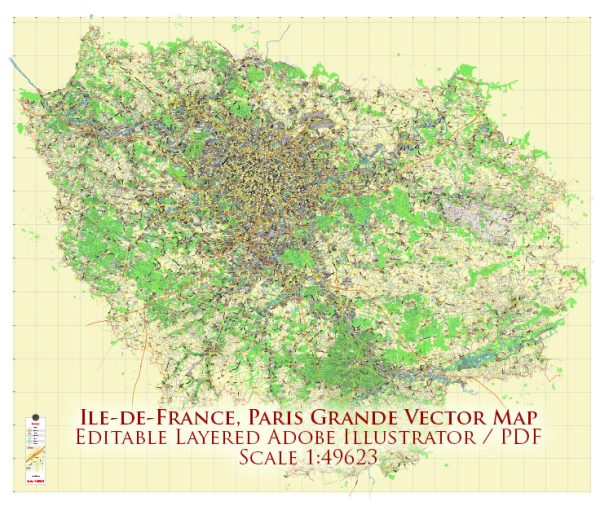
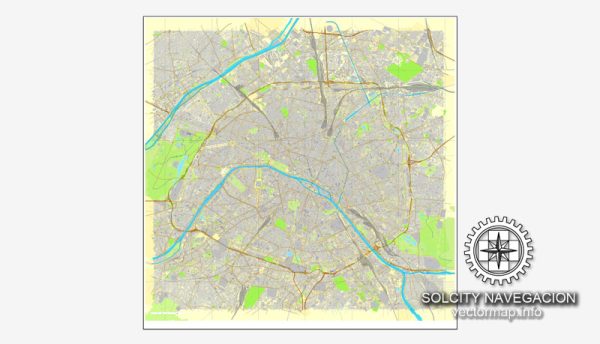
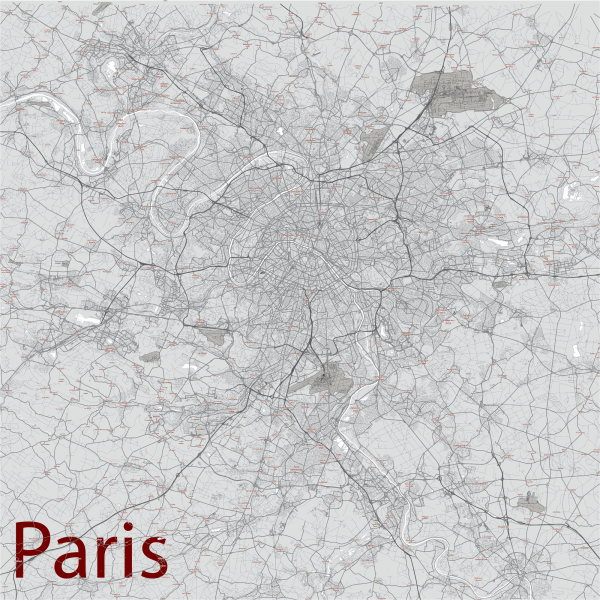
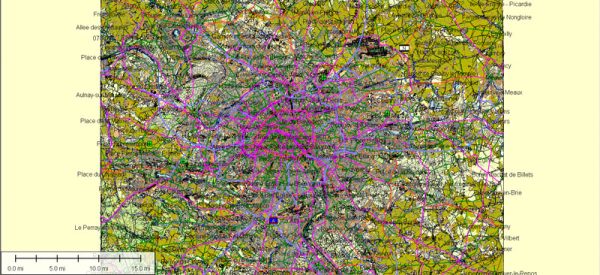
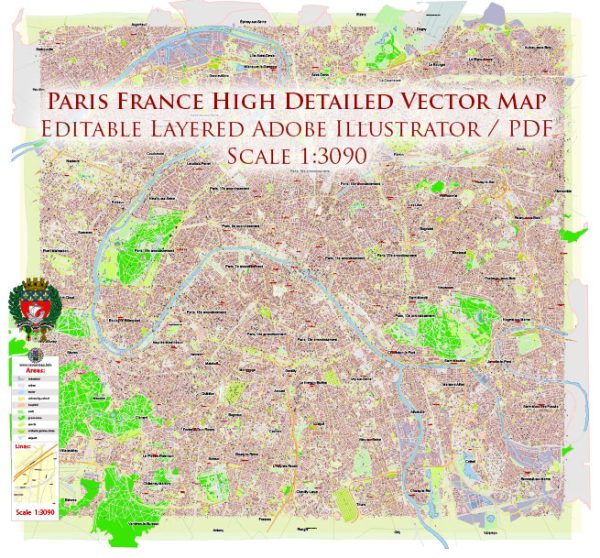
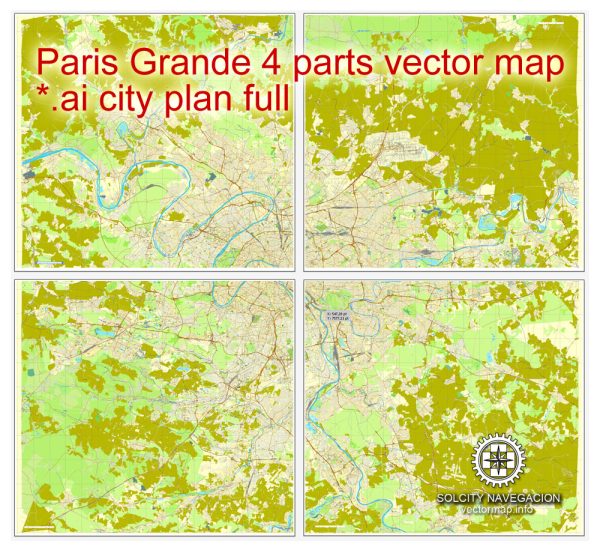
 Author: Kirill Shrayber, Ph.D.
Author: Kirill Shrayber, Ph.D.